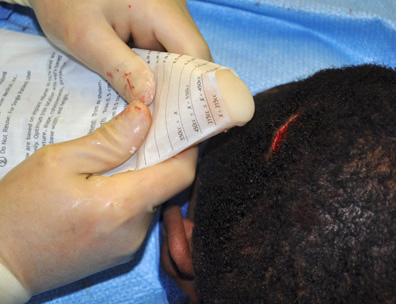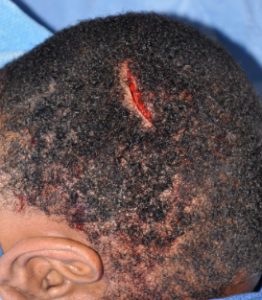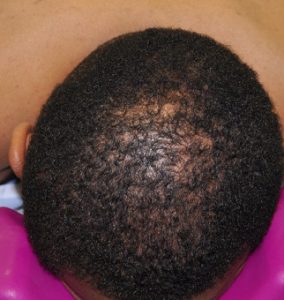Background: Occipital plagiocephaly is one of the most common aesthetic head shape concerns. While it affects the overall head shape and even the face frontally in some patients, overwhelmingly it is the flatter side of the back of the head that is most patient’s main priority to correct. Men present more commonly than women for correction due to shorter hair styles. And for reasons unknown the right side of the back of the head is far more frequently seen for correction than that of the left
The ideal treatment for any flat area of the head, including the occiput, is a custom skull implant made from the patient’s 3D CT scan. Being able to fully see the head shape before surgery and design an augmentation for it based on this information provides the most complete correction with the smoothest skull contours.
While the use of bone cements in aesthetic skull resthaping has almost been relegated to historic significance, they are still a few select circumstances where they can still be useful. When using bone cements the key issues are incision size and how to shape the material.
Case Study: This male desired to have the flat right side of the back of his head improved to a more symmetric contour to the other side. For the sake of economy the option for augmentation was bone cement.
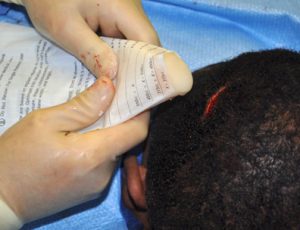
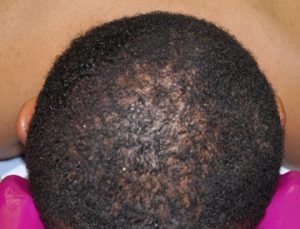
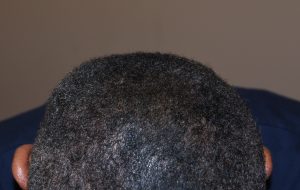
The use of bone cements in aesthetic skull augmentations is, by the nature of the material properties, limited. Bone cements typically require a fairly wide open operative field to adequately place and shape them…which means an extended scalp incision. To use them successfully from an aesthetic stsandpoint several criteria must be met. The size of the skull augmentation should be modest, the placement incision must be fairly small, and one must use PMMA type bone cement. This type of bone cement has the desired working properties to be injected/pushed through a small scalp incision and shasped by external methods. Before one attempts to use bone cement in this fashion, a lot of experience in using it in an open setting is required. There is no forgiveness should the bone cement set up and be lumpy or irregular. To fi those problems a much larger scalp incision will be needed secondarily.
Case Highlights:
1) Flattening on one side of the back of the head (occipital plagiocephaly) is one of the most common head shape concerns particularly in men.
2) Augmentation of the flatter occipital skull can be done by bone cements or custom skull implants.
3) In select occipital plagiocephaly cases a minimal incision technique (bone cement injection) can be done using a funnel device.
Dr. Barry Eppley
Indianapolis, Indiana

